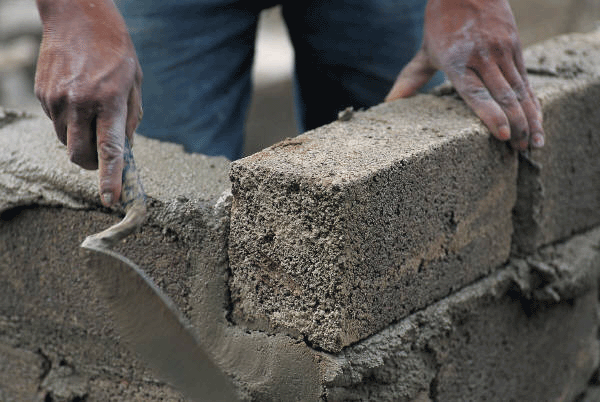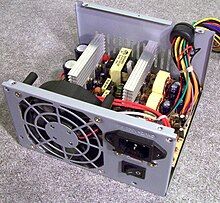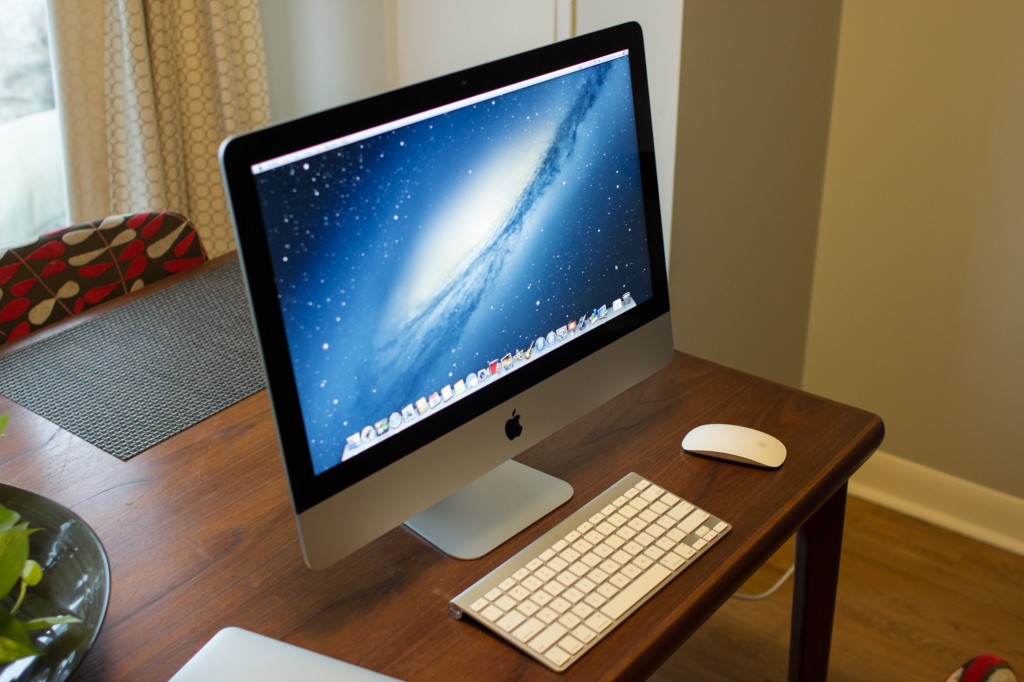- It is waterproof, smooth and hard, but, at the same time, fragile.
- It is resistant to environmental conditions and to chemical compounds.
- It is a good thermal, electrical and acoustic insulator.
Glass is made by mixing sand, soda and limestone. This mixture is heated to 1400ºC. When the mixture reaches this temperature it melts to form a paste.
Depending on the objects we can make we use different techniques.
We use blow moulding process to make bottles, test tubes, decanters, drinking glasses, etc.
If we can make windows glasses or plates we have to use float glass process We must use the lamination process if we can obtain laminated glass. This type of glass is often used to make windows with hacking, heat and noise protection; bulletproof glass is also one of types of laminated glass.

























.jpg/673px-HP_2133_Mini-Note_PC_(front_view_compare_with_pencil).jpg)




